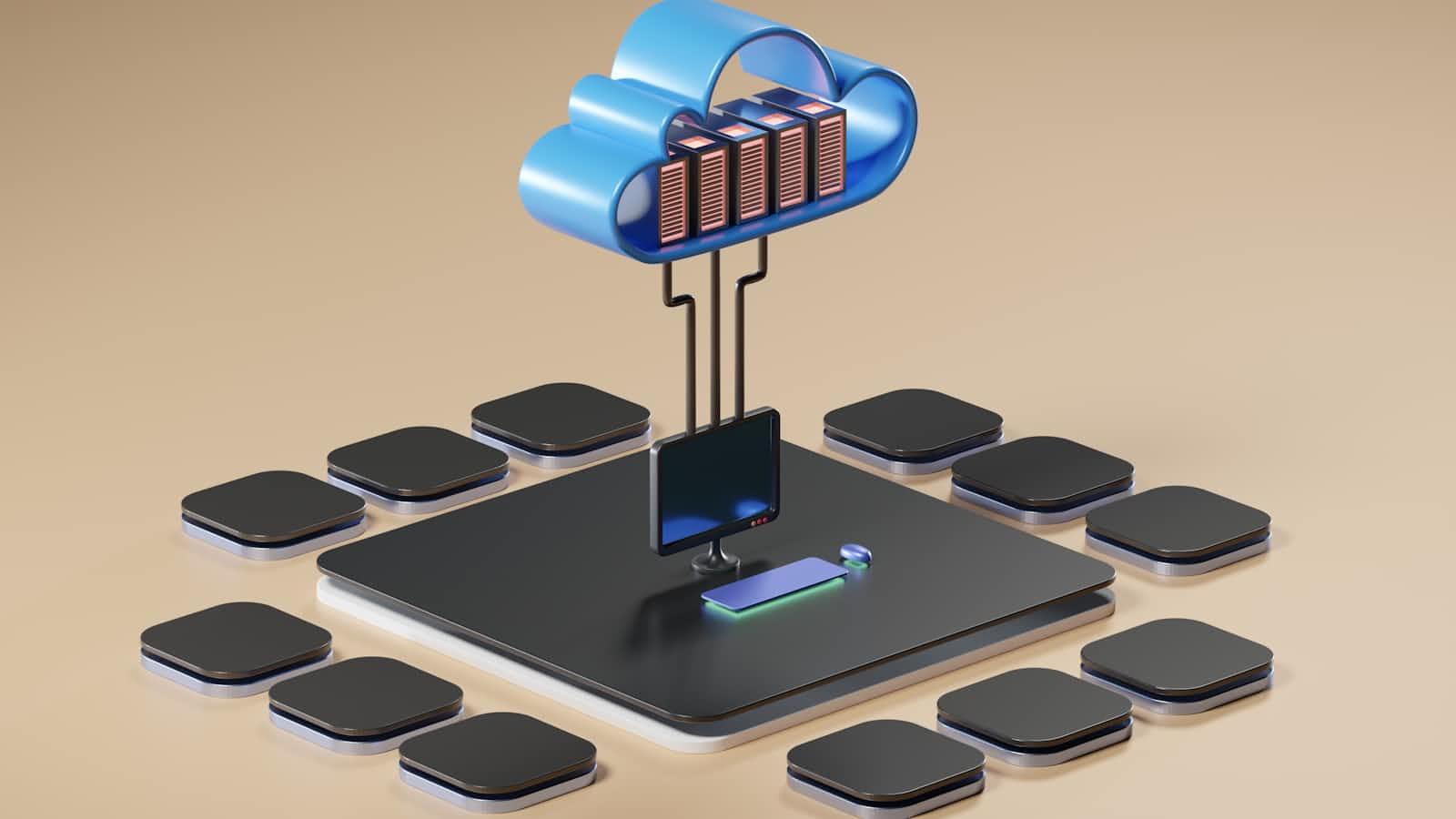Understanding Cloud Computing: Key Concepts Explained
 Nitin
Nitin
What is Cloud ?
In simpler terms, imagine the cloud as a vast, virtual space where you can store files, run software, and access various services over the internet.
It's like having a powerful computer somewhere out there on the web that you can use for tasks without needing to own or physically manage the hardware. This allows users to access data and applications from anywhere with an internet connection.
What is Cloud Computing ?
Cloud computing is a technology model that involves the delivery of computing services over the internet. Instead of owning and maintaining physical servers and infrastructure, users can access and use computing resources, applications, and storage provided by either third-party service providers (public cloud) or their own organisation (private cloud) through the internet. These services are hosted in data centres located around the world.
In essence, cloud computing can involve both third-party providers (public cloud) and an organisations internal resources (private cloud). The distinction lies in whether the computing resources are shared among multiple customers (public cloud) or dedicated to a single organisation (private cloud). The flexibility of cloud computing allows organisations to choose the deployment model that best aligns with their needs and requirements.
Public Cloud:
Who Uses It: Everyone, like individuals, businesses, and organisations.
What It's Like: Imagine a giant, shared computer space on the internet. It's like using apps, storing files, or doing tasks on the internet that anyone can access.
Example: Think of Google Drive or Amazon Web Services (AWS).
Private Cloud:
Who Uses It: One specific organisation or business.
What It's Like: Picture having your own personal, private computer space. It's like a digital clubhouse where only you and your team have access. Others can't just drop in.
Example: A company using its own server for all its digital needs.
Hybrid Cloud:
Who Uses It: A mix of everyone, depending on needs.
What It's Like: It's like having your private computer space, but sometimes you use the shared internet space too.
Example: A business storing sensitive data in its private space but using the public cloud for extra storage or specific tasks.
In a Nutshell:
Public Cloud: Shared digital space for everyone.
Private Cloud: Your own exclusive digital space.
Hybrid Cloud: Using both your private space and the shared online space when needed.
Important concepts in Cloud Computing
Virtualisation
Virtualisation is the process of creating a virtual version of something, such as an operating system, server, storage, or network resources.
Virtual Machine
A Virtual Machine (VM) is a software-based emulation of a physical computer. It allows running multiple operating systems on a single physical machine.
API (Application Programming Interface)
API is a set of rules and protocols that allows different software applications to communicate with each other. It defines how software components should interact.
Regions
Regions in cloud computing refer to geographic locations where cloud providers have data centres. Each region contains multiple data centres.
Availability Zones
Availability Zones are isolated locations within a region that have their own power, cooling, and networking. They are designed to provide high availability and fault tolerance.
Scalability
Scalability is the ability of a system to handle an increasing amount of work or its potential to be enlarged to accommodate that growth.
Elasticity
Elasticity in cloud computing refers to the ability to dynamically scale resources up or down based on demand.
Agility
Agility is the capability of quickly and easily adapting to changes. In the context of cloud computing, it involves the rapid deployment of resources and applications.
High Availability
High Availability (HA) ensures that a system or application is operational and accessible for a high percentage of time, typically 99.9% or higher.
Fault Tolerance
Fault Tolerance is the ability of a system to continue operating without interruption in the presence of hardware or software failures.
Disaster Recovery
Disaster Recovery involves the planning and processes for restoring and recovering data and systems after a natural or human-induced disaster.
Load Balancing
Load Balancing is the distribution of network traffic or computing workload across multiple servers to ensure no single server is overwhelmed.
In conclusion, cloud computing has revolutionised the way we store, manage, and access data and applications. By leveraging the power of the internet, it offers unparalleled flexibility, scalability, and efficiency. Whether through public, private, or hybrid cloud models, organisations and individuals can choose the best approach to meet their specific needs. As technology continues to evolve, the adoption of cloud computing is likely to grow, further transforming the digital landscape and driving innovation across various sectors. Understanding these key concepts is essential for anyone looking to harness the full potential of cloud computing.
Subscribe to my newsletter
Read articles from Nitin directly inside your inbox. Subscribe to the newsletter, and don't miss out.
Written by

Nitin
Nitin
A Seasoned gate keeper for software quality (Manual / Automation (Web + Mobile native + API) / Performance test) with 13 years of experience, An automation🤖 lover and a continuous📚 learner. A test automation geek and a DevOps engineer using and exploring cloud☁️. Looking for opportunities in Cloud DevOps for mutual growth. (Working remotely since last 5 years with teams in Europe / USA and Canada)